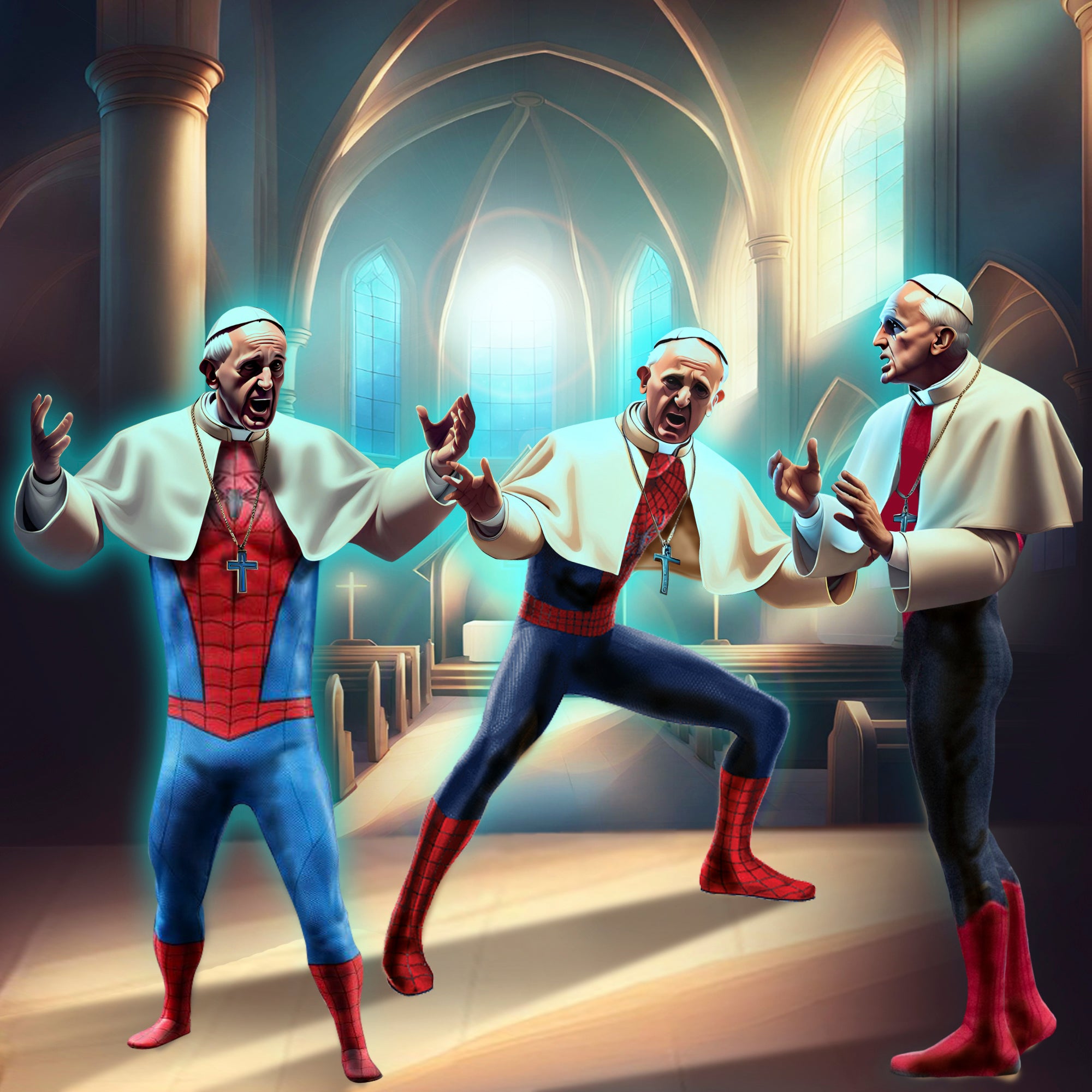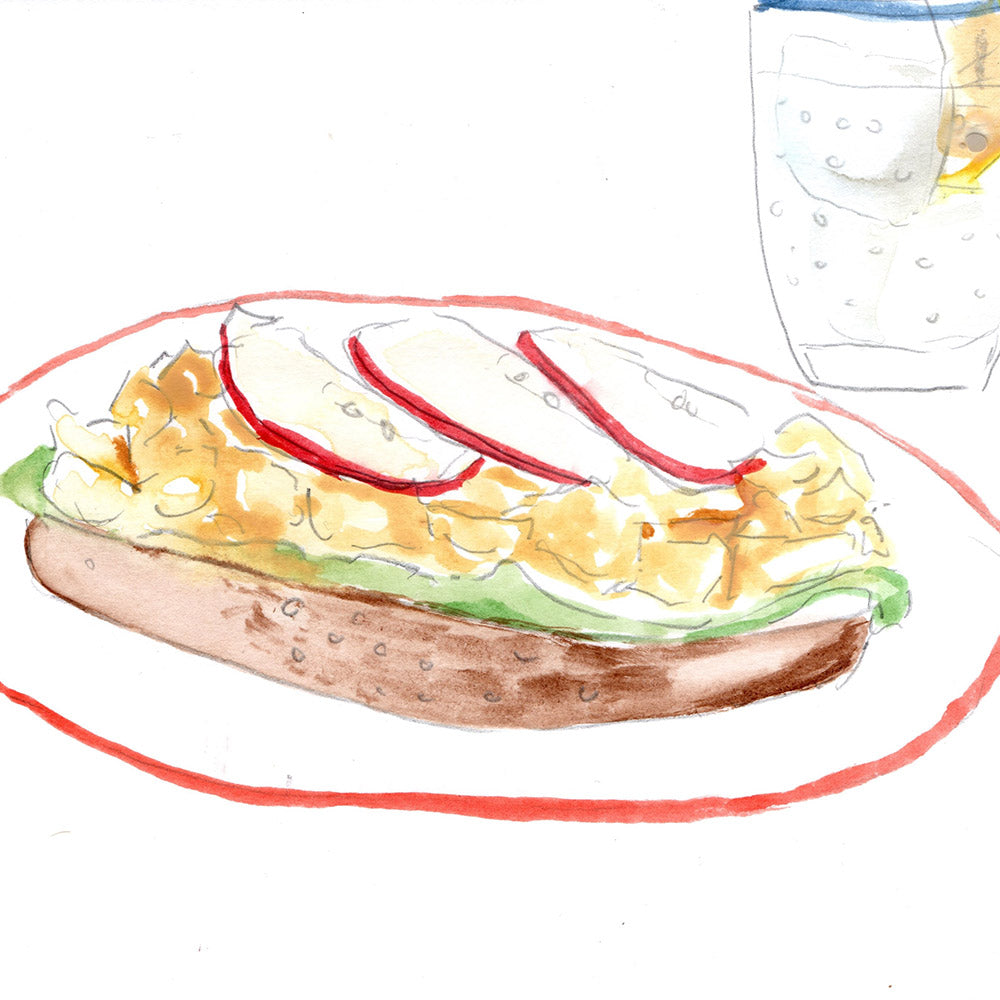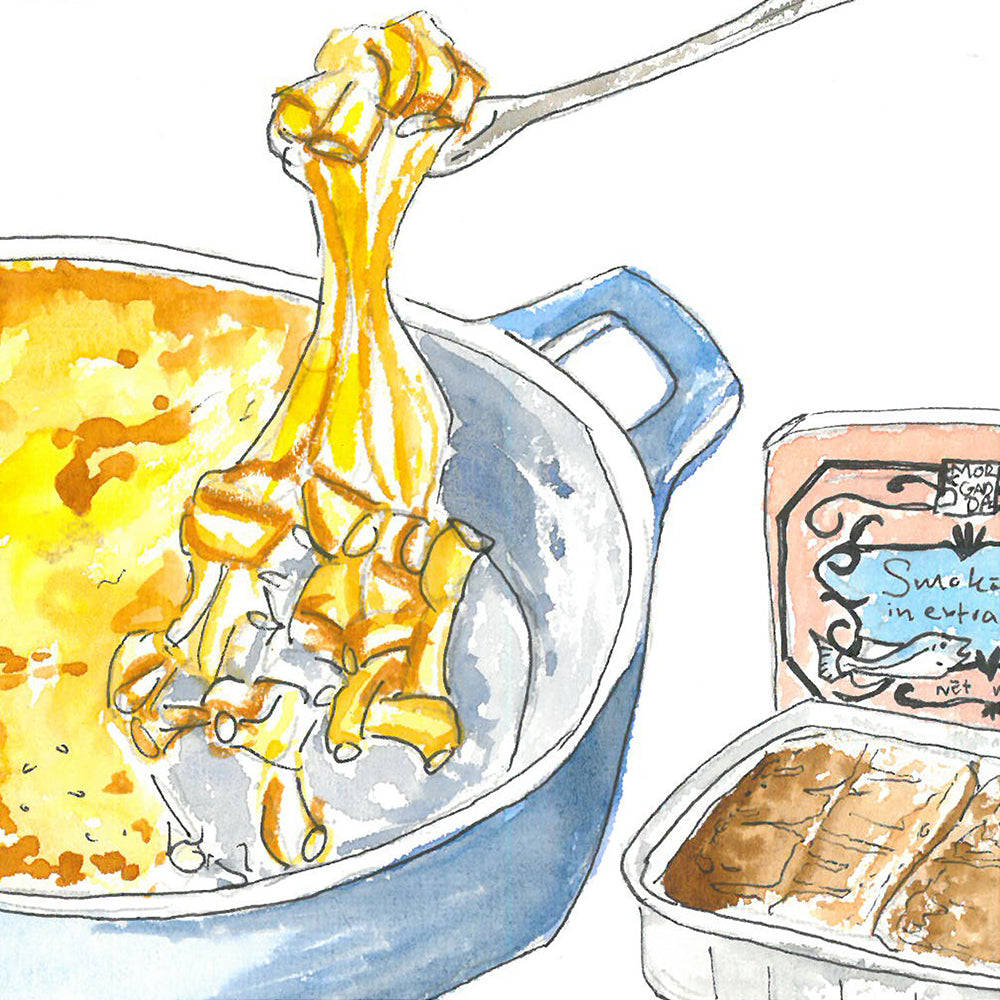As the 14th century faded into the pages of history, the Catholic Church found itself entangled in a web of political power plays, religious conflicts, and the intricate dance between the papacy and secular rulers. This turbulent period, known as the Western Schism, was not merely a theological feud but a grand spectacle with far-reaching consequences for the political landscape of Europe.
Beginning of the Schism
In the twilight of the medieval era, the dynamics between the papacy and secular powers shaped a complex political and religious landscape in Europe. Secular powers, comprising kings, monarchs, and rulers, wielded significant influence over their respective territories, overseeing governance, law, and administration.
The Church's influence over secular powers derived from a blend of religious authority, political alliances, and the concept of divine right. According to the Church, monarchs derived their legitimacy directly from God, a belief encapsulated in the doctrine of the "divine right of kings." This created a symbiotic relationship where kings sought the Church's blessing to legitimize their rule, while the Church relied on secular powers for protection, patronage, and the enforcement of its teachings.
Tensions surfaced when conflicts arose over the extent of each institution's authority. The Church, as a spiritual authority, aimed to influence matters of morality, marriage, and ecclesiastical appointments. In contrast, secular rulers sought to maintain control over secular affairs, resisting perceived interference from the Church.
Internal issues within the Church, including corruption, simony, and conflicting papal ambitions, strained relations with secular powers. These factors set the stage for the Western Schism, as the power dynamics between the papacy and secular rulers became increasingly complex and contentious. The schism manifested as a consequence of the ongoing struggle for authority and influence between these two powerful entities in medieval Europe.
As the medieval era drew to a close, the intricate interplay between the papacy and secular powers left a lasting impact on the political and religious landscape of Europe. The Western Schism, far more than a historical event, became a testament to the enduring struggle for balance in the delicate relationship between the earthly and the divine.
Election of Pope Urban VI
At the turn of the 14th century, the Catholic Church grappled with internal challenges and external pressures. The Avignon Papacy, a period during which the papal seat was relocated to Avignon in France, had raised concerns about the influence of the French monarchy on the papacy. This period of papal residency outside of Rome, which lasted from 1309 to 1377, fuelled tensions and dissatisfaction among various factions within the Church.
In 1377, Pope Gregory XI, in a move to address the ongoing concerns, returned the papal seat to Rome. However, his death in 1378 triggered a tumultuous conclave to elect his successor. Amidst this backdrop, the College of Cardinals, tasked with selecting the new pope, faced immense pressure from various factions within the Church.
The election of Pope Urban VI, a Neapolitan, brought an end to the Avignon Papacy but introduced new challenges. Urban VI, prior to his election, was known for his piety and ascetic lifestyle. However, once elevated to the papal throne, he exhibited a demeanour that starkly contrasted with his pre-papal reputation – think Real House Popes of Bethlehem Hill; very catty, very nasty, picked his favourites, and discarded the rest; also probably had gold Lexus (not confirmed).
This abrupt change in demeanour alienated a significant portion of the College of Cardinals and other Church officials. This dissatisfaction with Urban VI's leadership style and the desire for a pope more aligned with their interests prompted some cardinals to reject his legitimacy.
Pope Clement VII
In the ecclesiastical drama of 1378, the stage was set for the election of Pope Clement VII, a pivotal moment amid the chaos following Pope Gregory XI's demise. Clement, known in his pre-papal life as Robert of Geneva, emerged as the candidate of a dissatisfied faction seeking relief from the iron-fisted rule of Pope Urban VI.
Robert, a noble scion with ties to both the French and Burgundian royals, boasted an illustrious past as the Archbishop of Cambrai. His connections were not merely ecclesiastical; they ran deep into the political veins of Europe – one big exclusive group, shellacked nails, big wigs, and the latest fashions. Their good friend thought he could be a killer pope, so they said – why not, do it, live your life, Robert.
Behind the scenes, the French monarchy, ever the puppet master, pulled strings to ensure Clement VII's election – big wigs, latest fashions. Their motive was clear: a pope more amenable to their political designs and a return to the comfort of the Avignon Papacy.
As Clement VII donned the papal tiara, he unwittingly became a linchpin in the unfolding Western Schism, a schismatic tango that divided the Catholic Church between papal allegiances in Rome and Avignon. His papacy, marred by political manoeuvring and rival claimants, added a layer of complexity to an already turbulent era in Church history, leaving a legacy of intrigue that echoes through the annals of medieval drama.
Yet, as the dust settled on the power struggles between Rome and Avignon, a new act awaited. The Western Schism's script wasn't confined to a duet; it summoned a third player onto the stage. A looming figure, shrouded in ecclesiastical uncertainty, poised to disrupt the delicate balance. Whispers of a third pope echoed through corridors of power, hinting at added complexity. Little did they know, this enigmatic figure would elevate the schism to greater heights of intrigue, unravelling a grand tapestry that held the fate of nations in its threads.
The Rise of the Antipope – Alexandar V
The third pope, known as the antipope, was elected amidst the chaos and disputes that followed the reigns of Pope Urban VI in Rome and Pope Clement VII in Avignon. The election of an antipope was a result of competing factions within the College of Cardinals, each with its own allegiances, grievances, and political motivations.
The election of an antipope could occur through a contested conclave, where factions within the College of Cardinals disputed the legitimacy of the current pope. In some cases, cardinals dissatisfied with the reigning pontiff would choose to elect a rival candidate, leading to a divided Church with two claimants to the papacy. This fragmentation contributed to the Western Schism, a period when multiple individuals claimed to be the rightful pope.
The impact of having a third pope was profound and far-reaching. It deepened the existing divisions within the Catholic Church and exacerbated the political and religious turmoil of the time. The faithful were faced with the dilemma of deciding which pope to recognize, and this uncertainty led to a crisis of authority, legitimacy, and faith.
The election of an antipope further strained relations between secular powers and the Church, as rulers had to navigate the complex landscape of conflicting papal allegiances. The political motivations behind the election of the antipope were often tied to the geopolitical interests of specific factions, with the French monarchy, in particular, playing a pivotal role in influencing the outcome.
The existence of a third pope highlighted the internal fractures and power struggles within the Church, raising questions about the institution's ability to provide spiritual guidance and unity. The schism's prolongation with the presence of an antipope underscored the challenges of resolving the crisis and restoring a single, recognized papal authority.
So, to get things straight, we have Pope Urban VI, the man who intended to put the 'pope' back in 'the pope is Italian.' But he turned out to be a massive drip, so through some meddling, the French aristocrats put forth Robert of Geneva, AKA Clement VII, who thought being pope would be a fine way to spend Sundays. Yet, before he could say holy water, there came another twist - the Council of Cardinals, unhappy with their first choice and not wanting a French Avignon pope, brought in Alexander V.
This is where we are at right now – The Roman Cinematic Universe is wild.
Efforts at Resolution: The Council of Constance
As the Western Schism plunged the Catholic Church into a state of confusion and disarray, earnest efforts were made to bring an end to the divisive conflict and restore unity. One of the pivotal moments in this endeavour was the convening of the Council of Constance.
The Council of Constance, held from 1414 to 1418, was a monumental gathering that aimed to address the issues plaguing the Church, including the presence of multiple popes and the overall crisis of authority. Representatives from across Europe, including cardinals, bishops, theologians, Spidermen, and secular authorities, convened to deliberate on the means to heal the schism and secure a unified papacy.
One of the key objectives of the Council was the resignation or removal of the existing popes and the election of a single, universally recognized pontiff. In 1415, Pope Gregory XII (massive time jump here, just imagine a papal reboot, whereby our two core characters, Urban and Clement, have been consolidated into one super pope – Gregory) willingly abdicated the papal throne, contributing to the resolution of the crisis. Additionally, John XXIII, who was considered an antipope, was also deposed during the Council, further consolidating efforts toward unity.
The Council of Constance went on to elect Pope Martin V in 1417, marking a crucial step towards ending the Western Schism. Pope Martin V's election was widely accepted, and his legitimacy was recognized by both the Church and secular authorities. This marked the first time in many years that the Catholic Church had a single, undisputed pope.
The decisions and resolutions of the Council of Constance not only put an end to the schism but also addressed broader issues within the Church. The Council sought to implement reforms that would curb corruption, enhance the moral standing of the clergy, and fortify the Church against future crises.
The Council of Constance stands as a significant chapter in the history of the Catholic Church, representing a concerted effort to overcome internal divisions and restore a sense of unity and legitimacy to the papacy. The resolutions made during this council had a lasting impact on the Church, shaping its trajectory and influencing subsequent events in medieval Europe.
Conclusion
In writing this article, I came to the stark realization that a historical tid bit about a papal mix up is astonishingly much less interesting than it might suggest. Someone says - did you ever hear about the time three popes all fought for the title of super pope, and you think – fabulous, that must be a sensational part of history that must be written about.
Well, perhaps not; and not because I’m cynic about all things religion, but because – who cares. My word, this pope wanted to be pope, that pope wanted to be pope. The church had power over kings because kings were chosen by God, but people chose popes? Where is the logic, gang?
The saga of power, popes, and divine intervention has undoubtedly been the worst historical miniseries of our time. There needs to be a total teardown of this story and airbrush to make it more wonderful – add a MacGuffin, a soundtrack, a love interest, a dinner party where drinks fly and Robert of Geneva ruins his mascara defending his honour.
I cannot with these popes – do something, guys.


